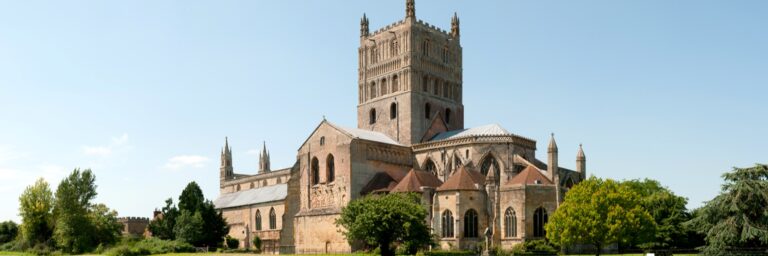| CC4HH
Abolitionism in Gloucestershire: Samuel Bowly
As part of our partnership with the City Voices programme of the Gloucester History Festival, undergraduate students in History at the University of Gloucestershire are undertaking a number of local history projects for 2022. In this second of four projects, students examine the local abolitionist movement, extending the work conducted by students in 2021. The project group is made up by students Jordan Rosewarne, Lydia Horwell and Callum Hughes.
In this project we are taking a closer look at the life and work of Gloucestershire abolitionist Samuel Bowly (1802-1884). In October 2017 a blue plaque was placed at Bowly’s last residence in 65 Park Road, Gloucester. However, it seems fairly safe to assume that very fee people are aware of the vibrant presence of the abolitionist movement in Gloucestershire, let alone the work of Bowly. Two projects conducted for the Cotswold Centre for History & Heritage in 2021, and exhibited at the Gloucester History Festival demonstrated an active abolitionist presence in both Cheltenham and Gloucester. Our aim is to add to knowledge on this topic by examining the work and local legacies of one of the most significant local abolitionists.


Like many other abolitionists of the 18th and 19th centuries, Bowly was also a Quaker. He was born in Cirencester in 1802 and led a life strictly defined by his faith, and was devoted to aiding enslaved people across the world. He took part in major events throughout his lifetime which will be incorporated into our project, such as the World Anti-Slavery Convention in London held in 1840. This was attended by major abolitionists from both England and the United States. Alongside this, he was also the President of the National Temperance League, and worked towards drawing attention to the damaging effects of alcohol on the human body.
So far, we have been able to find some important documents from Bowly, such as a hand-written letter at Gloucestershire Archives that demonstrate his horror at the conditions on a slave ship. This document will be at the core of our project as it shows the how Bowly learned about the reality of the slave trade. We are now searching for more materials held locally that can help to shed light on the life and legacy of this man. We will also be examining the interweaving nature of his work within both the Temperance movement and the abolitionist cause, to try and add to public knowledge on his accomplishments.



